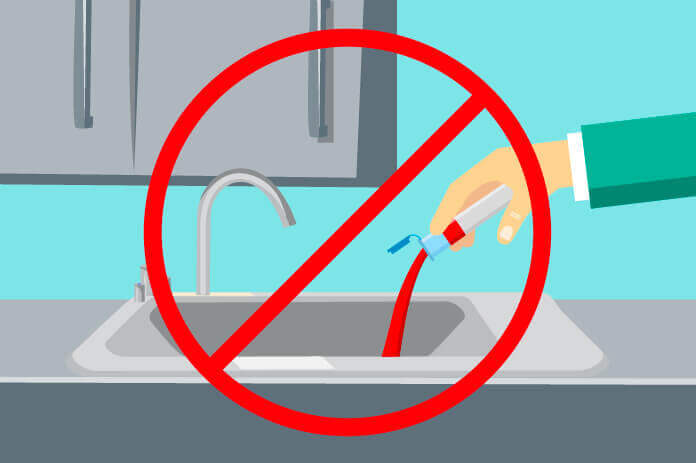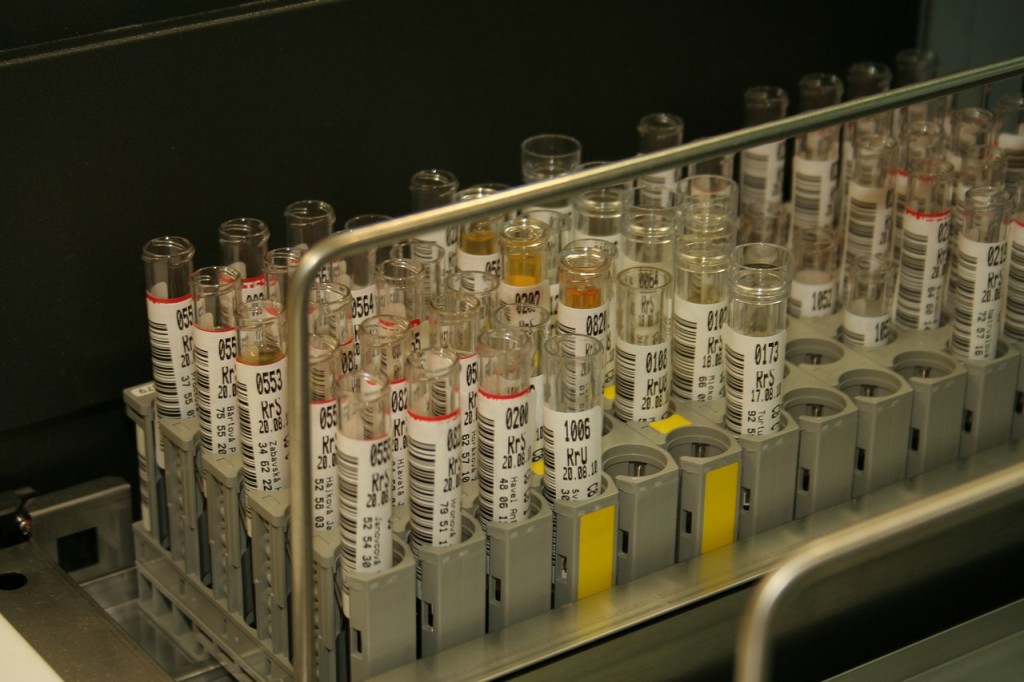Safe and Lasting Liquid Waste Disposal: Your Go-To Company
Wiki Article
Recognizing the Comprehensive Process of Liquid Waste Disposal: Ideal Practices and Environmental Effect Factors To Consider
The administration of fluid garbage disposal is a diverse issue that calls for a comprehensive understanding of different best methods and their connected ecological impacts. From the sorts of liquid waste produced to the approaches employed for collection, treatment, and final disposal, each step plays a vital function in safeguarding ecosystems and public health and wellness. As regulative criteria develop and technology advances, the discussion around these processes ends up being significantly essential. What effects do these adjustments hold for future sustainability initiatives, and just how can stakeholders guarantee that they are adequately attended to?Sorts Of Fluid Waste
Understanding the different sorts of fluid waste is vital for effective administration and disposal techniques. Liquid waste can be extensively classified into a number of types, each calling for unique handling and therapy methods.Industrial fluid waste frequently contains harmful materials, including hefty steels, solvents, and chemicals, produced throughout producing procedures. These wastes necessitate strict regulatory compliance to secure human health and wellness and the environment. Domestic fluid waste largely refers to wastewater generated from households, consisting of sewage and greywater, which, although less poisonous, can still position substantial threats if improperly taken care of.
Agricultural fluid waste, consisting of overflow from ranches, frequently includes plant foods and chemicals that can bring about ecological destruction if not treated properly. Clinical fluid waste, produced from healthcare facilities, includes contaminated liquids such as physical fluids and chemicals, requiring specialized disposal approaches to stop infection and environmental contamination.
Finally, oil and grease waste, typically generated by restaurants and auto markets, can create severe obstructions in drain systems otherwise managed effectively. Recognizing these categories facilitates targeted strategies for treatment, compliance with guidelines, and effective disposal approaches, ultimately advertising ecological sustainability and public health and wellness safety and security.

Collection Methods
Efficient collection methods are crucial for the proper management of liquid waste, making certain that it is collected securely and efficiently prior to treatment or disposal. Numerous methods are utilized depending upon the kind of fluid waste produced, the volume, and the particular features of the waste.One common approach is the usage of specialized collection tanks or sumps, which are developed to catch fluid waste at the source. These systems frequently include pumps that promote the transfer of waste to bigger storage containers or treatment facilities. Furthermore, mobile collection devices furnished with vacuum cleaner innovation are employed in scenarios where waste is generated intermittently or in hard-to-reach areas.
For industrial setups, closed-loop systems can effectively lessen leaks and spills, enabling the recovery and reuse of liquid waste. It is also essential to train personnel on appropriate collection procedures to alleviate dangers related to harmful substances.
Additionally, executing regular upkeep schedules for collection tools makes certain optimal performance and safety. The combination of advanced surveillance systems can improve collection effectiveness by offering real-time data on waste levels and prospective dangers. Generally, reliable collection techniques are fundamental to sustainable liquid waste monitoring techniques.
Treatment Processes
Treatment procedures play a vital duty in the monitoring of fluid waste, transforming possibly hazardous materials right into reusable sources or risk-free effluents - liquid waste disposal. These procedures can be generally classified into physical, chemical, and biological techniques, each customized to resolve particular impurities existing in the waste streamPhysical therapy methods, such as sedimentation and purification, work by eliminating suspended solids and particle issue. These techniques are typically the initial step in the therapy chain, properly minimizing the lots on succeeding processes. Chemical treatments include making use of reagents to neutralize unsafe substances, precipitate heavy steels, or oxidize organic toxins, therefore enhancing the security of the effluent.
Organic therapy processes, consisting of activated sludge systems and anaerobic food digestion, profit from the natural capacities of bacteria to weaken natural matter. These this link techniques are specifically efficient for wastewater including biodegradable pollutants. Advanced therapy modern technologies, such as membrane layer purification and progressed oxidation procedures, are increasingly employed to attain higher degrees of purification.
Integrating a combination of these therapy techniques not only makes sure conformity with regulative standards yet also advertises ecological sustainability by recuperating beneficial sources from liquid waste.
Disposal Options
Exactly how can organizations make sure the accountable and safe disposal of fluid waste? Efficient disposal options are vital for guarding public health and the environment. The primary approaches include land disposal, treatment, and incineration adhered to by discharge into community wastewater systems.Land disposal entails the cautious control of liquid waste in assigned garbage dumps, making certain that it does not seep right into surrounding dirt or water. Incineration, on the various other hand, subjects fluid waste to heats, converting it into ash and gases, which call for appropriate purification to decrease discharges. This approach appropriates for harmful wastes that can not be dealt with with standard ways.
In instances where liquid waste can be dealt with, companies may choose biological or chemical therapy processes to counteract harmful elements before releasing the dealt with effluent right into municipal systems. This route commonly lines up with governing demands, making certain that the effluent satisfies safety and security requirements.
Eventually, organizations need to perform detailed analyses of each disposal option to establish its feasibility, thinking about elements such as waste make-up, regulatory compliance, and potential risks to health and the setting. By choosing suitable disposal methods, companies can contribute to a liable waste monitoring strategy.
Environmental Impact
The ecological impact of fluid waste disposal is a crucial factor to consider visit site for organizations seeking to decrease their environmental footprint. Improper disposal methods can lead to considerable contamination of water sources, dirt degradation, and negative effects on regional environments. For instance, unsafe fluids can leach right into groundwater, posing threats to drinking water products and aquatic life. Furthermore, the discharge of neglected or improperly dealt with waste into surface area waters can cause eutrophication, bring about oxygen exhaustion and the subsequent death of fish and other organisms.
To minimize these impacts, organizations should take on ideal techniques such as carrying out strenuous waste therapy processes, advertising recycling and reuse, and sticking to governing requirements. By taking a proactive technique to liquid waste monitoring, entities can substantially reduce their ecological impact while sustaining lasting growth goals. Ultimately, a thorough understanding of the environmental influences related to liquid garbage disposal is crucial for notified decision-making and accountable stewardship of natural sources.
Final Thought
Effective management of liquid waste is vital for securing ecological honesty and public wellness. Eventually, a comprehensive understanding of liquid waste disposal not only alleviates environmental impacts however also fosters a commitment to accountable resource monitoring and environmental stewardship.The monitoring of fluid waste disposal is a complex problem that needs a complete understanding of different finest practices and their connected environmental influences. From the types of liquid waste created to the methods employed for collection, treatment, and last disposal, each step plays an essential duty in guarding environments and public health.The ecological influence of liquid waste disposal is a crucial consideration for organizations looking for to reduce their eco-friendly footprint. Ultimately, a comprehensive understanding of the environmental influences associated with liquid waste disposal is important for educated decision-making and accountable stewardship of natural sources.
Eventually, a comprehensive understanding of fluid waste disposal not only minimizes environmental effects yet also cultivates a commitment to responsible resource management and environmental stewardship.
Report this wiki page